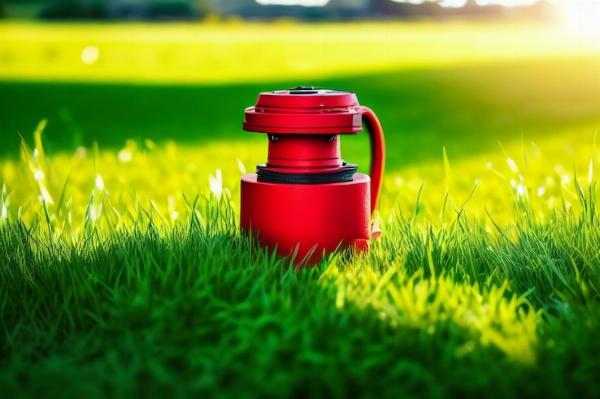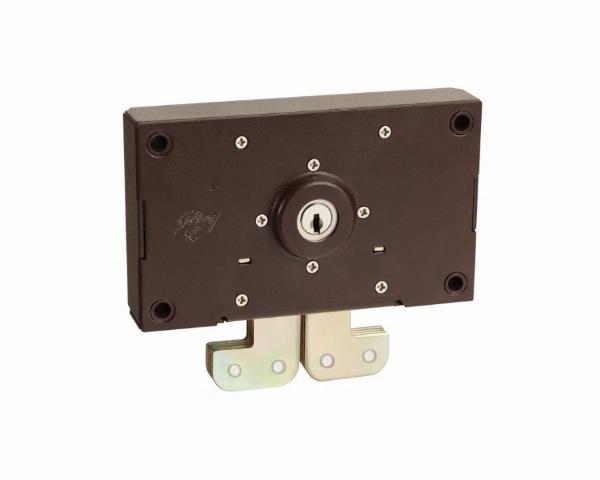The Ultimate Guide to Choosing the Best Lawn Fertiliser for Your Yard

Strong 8k brings an ultra-HD IPTV experience to your living room and your pocket.
A healthy, lush lawn is the pride of any homeowner. Achieving this requires the right fertiliser to provide essential nutrients. With so many options available, choosing the best lawn fertiliser can be overwhelming. This guide will help you understand the key factors to consider when selecting a fertiliser to ensure your lawn thrives.
Understand Your Lawn’s Nutrient Needs
The first step in choosing the best lawn fertiliser is understanding your lawn's nutrient needs. Conduct a soil test to determine its current nutrient levels and pH balance. This test will identify deficiencies and help you select a fertiliser that addresses those specific needs. Most lawns require a balance of nitrogen (N), phosphorus (P), and potassium (K), often referred to as N-P-K. Nitrogen promotes leaf growth, phosphorus supports root development, and potassium enhances overall plant health. Knowing the nutrient content of your soil allows you to choose a fertiliser that provides the right balance for optimal lawn health.
Types of Lawn Fertilisers
The best lawn fertilisers come in various types, each with its benefits. Understanding these types can help you make an informed decision.
1. Granular Fertilisers: These are easy to apply and come in slow-release or quick-release forms. Slow-release fertilisers provide nutrients over a longer period, reducing the frequency of application. Quick-release fertilisers offer immediate nutrient availability, beneficial for rapid lawn recovery.
2. Liquid Fertilisers: These are absorbed quickly by the grass and are ideal for delivering nutrients rapidly. They are often used for foliar feeding, where the fertiliser is sprayed directly onto the leaves.
3. Organic Fertilisers: Made from natural materials, organic fertilisers improve soil health and structure. They release nutrients slowly and support long-term lawn health. They are environmentally friendly and safe for pets and children.
4. Synthetic Fertilisers: These are chemically manufactured and provide immediate nutrient availability. They are often more affordable and offer precise nutrient content, but they can contribute to soil degradation over time.
Application Timing and Techniques
The timing and method of fertiliser application are crucial for achieving the best results. Apply fertiliser during the growing season when the grass can absorb nutrients effectively. For cool-season grasses, early spring and fall are the best times. For warm-season grasses, late spring and summer are ideal.
Use a spreader to apply granular fertilisers evenly across the lawn. For liquid fertilisers, use a hose-end sprayer or a backpack sprayer for uniform coverage. Water the lawn lightly after applying fertiliser to help it penetrate the soil. For DIY irrigation system users, integrate the fertiliser application with your watering schedule to ensure the nutrients are absorbed effectively. Avoid over-fertilising, as it can lead to nutrient runoff and damage the lawn.
Choosing the Right Fertiliser for DIY Irrigation Systems
If you have a DIY irrigation system, selecting a compatible fertiliser is essential. Water-soluble fertilisers are ideal for use with irrigation systems. They can be mixed with water and distributed evenly through the irrigation lines, ensuring consistent nutrient delivery. Check the fertiliser packaging for compatibility with irrigation systems and follow the manufacturer’s instructions for dilution and application rates.
Consider using a fertiliser injector with your DIY irrigation system. This device mixes the fertiliser with irrigation water automatically, providing a convenient and efficient way to feed your lawn. Regularly monitor the system to ensure proper functioning and adjust the fertiliser concentration as needed.
Conclusion
Choosing the best lawn fertiliser involves understanding your lawn’s nutrient needs, selecting the appropriate fertiliser type, and applying it correctly. For those with DIY irrigation systems, ensure the fertiliser is compatible and integrated into your watering schedule for optimal results.
By following these guidelines, you can achieve a vibrant and healthy lawn that enhances the beauty of your yard. A well-nourished lawn not only looks great but also provides a lush, green space for outdoor enjoyment.
Note: IndiBlogHub features both user-submitted and editorial content. We do not verify third-party contributions. Read our Disclaimer and Privacy Policyfor details.







